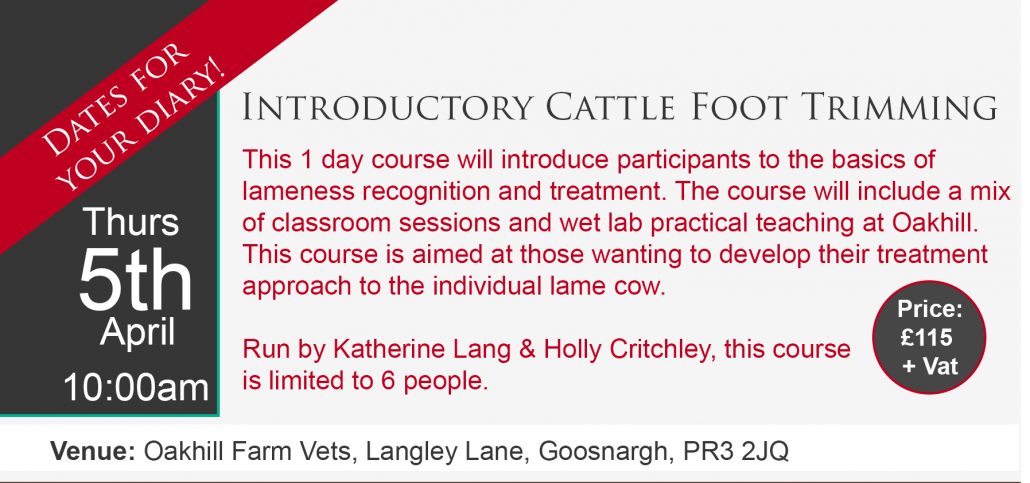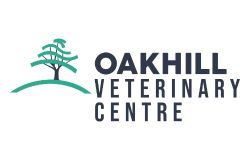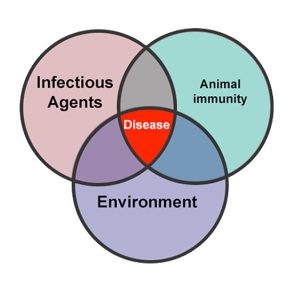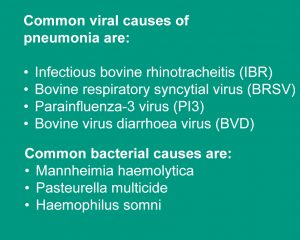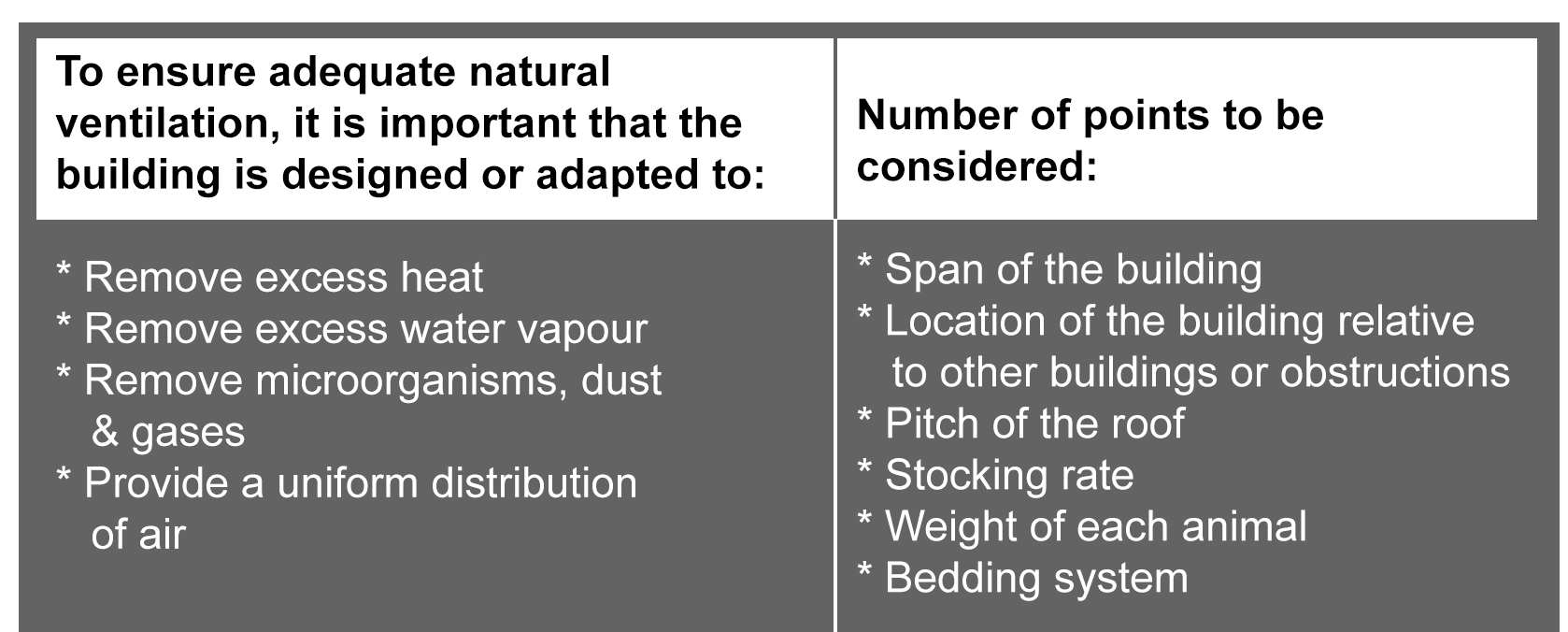Lameness
Healthy feet programme
An understanding of which types of lameness are present, coupled with a structured approach to tackle the underlying causes is required to tackle lameness effectively.
The AHDB Dairy Healthy Feet Programme is a structured approach which will help make important progress towards diagnosing the problems, devising an action plan, and develop the skills necessary for long-term lameness control. The approach is based around the ‘four success factors’ – Low infection pressure – Good horn quality and hoof shape – Low forces on the feet – Good cow comfort and cow flow – Early detection and prompt, effective treatment of lame cows
Foot trimming training days
We offer hoof trimming training days that cover the 5-step foot trimming technique, recognition, treatment and prevention of foot lesions in cattle. Watch out for announcements about our foot trimming courses.
Our next foot trimming April 5th, to book onto the 1 day course, please call 01772 861300 or contact farm@oakhill-vets.com.
